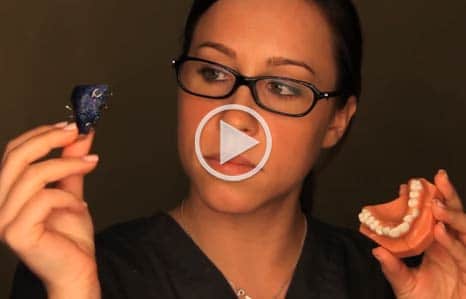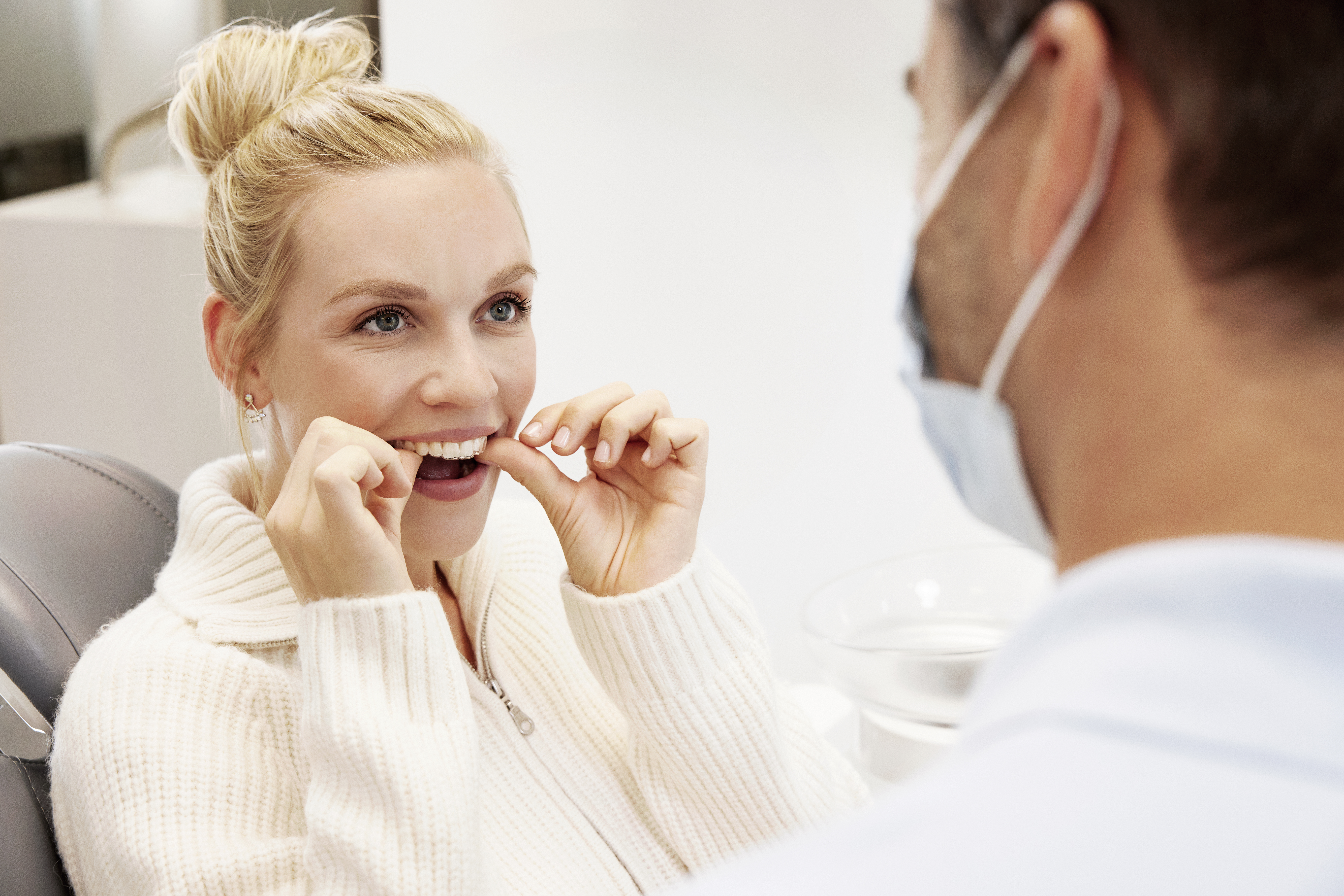Retainers are an important aspect of your orthodontic treatment. It is important to hold them while the bones and gums adjust to their new positions. This paper is to inform you of your retention choices.

Removable Retainers
Once the active orthodontic appliances are removed, the patient will receive retainers to stabilize the dental correction. Because the bone and soft tissues surrounding the teeth are stabilizing for several months after braces are removed, it is imperative that the retainers are worn as instructed. Failure to wear the retainers may result in undesirable movement of the teeth, which could necessitate re-treatment.
How Orthodontic Retainers are Worn
The first 2 months after your braces have been removed it is VERY important to wear your retainers 24 hours a day. You should only remove them for brushing, drinking any liquids other then water, and eating. We will go over how to care for these the day we give them to you. After the first 2 months we will usually have you start wearing retainers just at night.
We prefer that you continue wearing your retainer every night for at least the first year. After the first year we like you to continue wearing your retainer at least 3 nights per week. You will be able to tell if you need to wear your retainer more if it feels very tight when you put it on. This would mean your teeth are still shifting around a little and you need to wear your retainer more often. We advise everyone to wear their retainers as long as they want their teeth to remain straight.
As you age your teeth can continue shifting. When you have dental work done, it is always a good idea to take your retainer with you to your appointment. In many cases the dentist can adjust your new fillings to fit in your retainer. If you have other dental work done, such as a crown, or if your retainer is simply not fitting, make sure to make an appointment to see us and have a new retainer made. Teeth can move very quickly and we recommend having new retainers made as soon as possible.
How to Care for Orthodontic Retainers
- Retainers are made of a thermoplastic material that is sensitive to excessive heat, so they should be kept away from heaters, dishwashers, car dashboards or any place where the temperatures exceed 115 degrees (Fº).
- Retainers should be kept in the proper retainer case when they are not in the patient’s mouth.
- Keep away from any family pets, as they like to chew on them.
- Clean before and after placement in the mouth. Because the material used for fabrication is slightly porous, plaque tends to cling to the surfaces. Gentle scrubbing with a toothbrush and a mild liquid soap will remove the plaque. A denture cleaning solution, such as Efferdent, will aid in the removal of plaque and tartar. Be sure to rinse the retainers thoroughly after cleaning to remove any cleanser residue.
Because retainers are worn for years, they will need periodic replacement. Your original treatment contract includes one set of retainers after the braces are removed. If the retainers are lost or damaged due to neglect, there will be a charge for replacement. If the retainers become loose or break, contact our office immediately.
Types of Retainers
Trutains or Clear Retainers
These retainers are made from current models we take of your teeth. They encase the teeth and will hold them exactly in the place they were when we took your impression. Usually people can’t see them if they are standing more then a couple feet away. You should always remove these retainers before eating or drinking anything except water. Since these retainers encase your teeth, it is important to brush your teeth and your retainer after eating or drinking anything so you do not give yourself a cavity or a stain.
As these retainers get older you will notice some wear on them, your opposing teeth grind against them as you bite together. You also need to make sure that you properly care for them so they do not get scratched. Be careful to avoid cleaning your retainer with whitening toothpaste and/or other toothpastes that have grits or beads in them to help keep your retainer looking its best.
Bonded Retainers
Bonded Retainers are a small braided wire that we glue to the back/ inside of the lower front 6 teeth. It is not visible unless you open really wide and tip your chin down. In some cases we are able to place a bonded retainer to the back of the upper front 4 teeth. We generally only do this when a person started with space between these teeth. On many patients it is not possible to bond an upper retainer because when they bite down they will hit into it with their lower front teeth. If you angle your toothbrush against the wire, you can generally clean the area very well.
Most people feel flossing between these bonded retainers is challenging. We feel like if you are properly shown how to do this flossing, it is relatively simple and does not take much time. Dr. Nord feels the extra time spent flossing is worthwhile when it comes to these retainers. Since they are glued to the back of each tooth, it is rare to see any tooth movement. You don’t have to worry about taking them in and out, or losing them. People usually feel like their bite is more comfortable since there is not two pieces of plastic sitting between their bite (if you have an upper Trutain and a lower bonded, as opposed to two Trutains). You do have to be somewhat careful of biting into harder food that can dislodge this retainer. We recommend cutting up hard foods.
Hawley Retainers
Hawley retainers are a more traditional form of retention. They have been around for many years and still work well even though they are older technology. A metal wire sits across the front of the teeth and a hard acrylic (plastic) rests on the inside of the teeth. They do not encase every tooth so we occasionally see some tooth movement with them. They need to be kept in the mouth or a retainer case. If the wires get bent they can move the teeth to a new position. You should not eat with this retainer in your mouth because you can put too much pressure on the delicate acrylic or small wires. When you drink with it in you should always rinse your mouth and the retainer to prevent cavities or staining.





